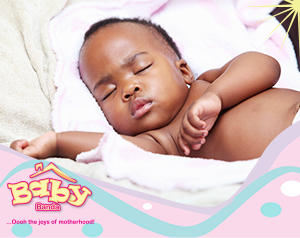Is there a bulge in the groin or scrotum which gets bigger when your son cries? Is there a big bump on the cord area of your little girl? Then your baby could be having a hernia.
A hernia occurs when a small piece of bowel or intestine pushes through a weakness in the muscles of the abdominal wall. In boys, a hernia shows as an obvious bulge in the groin or scrotum and is caused by a small loop of intestine bulging through the muscles in the groin. A hernia gets bigger when the baby cries and it may disappear when the baby is quiet or asleep.
The most common types of hernias in children are:
- An umbilical hernia: This occurs when a part of the intestine sticks through the abdominal wall through the navel. This kind of hernia will usually occur after the umbilical cord has fallen off. In most cases, it resolves itself before your baby is 2 years of age without treatment. Some communities in Kenya place a coin in place on the navel to rectify it. What does your community do?
Symptoms of umbilical hernia
- A soft swelling around the navel
- Swelling may appear later in the day
- A swelling that gets bigger if your baby coughs, cries, sneezes, or stiffens the abdominal muscles
2. An inguinal hernia: This occurs when part of the intestine pushes through the abdominal wall in or around the groin. Inguinal hernias usually occur in boys. The inguinal canal is the passage through which the testes descend into the scrotum. Normally, this canal closes shortly after birth. If it does not close completely, it leaves a hole through which a loop of the intestine can pass into the groin or scrotum and creates a bulge under the skin. This kind of hernia is repaired through surgery.
Symptoms of inguinal hernia
- A soft swelling above the groin or in the scrotum
- The swelling gets bigger if your baby cries, coughs, sneezes, or stiffens his abdominal muscles
In case you notice the following symptoms, please see your doctor as soon as possible
- the hernia appears painful to touch
- The hernia appears larger than usual and is hard
- The hernia appears red, bulging or colour has changed













